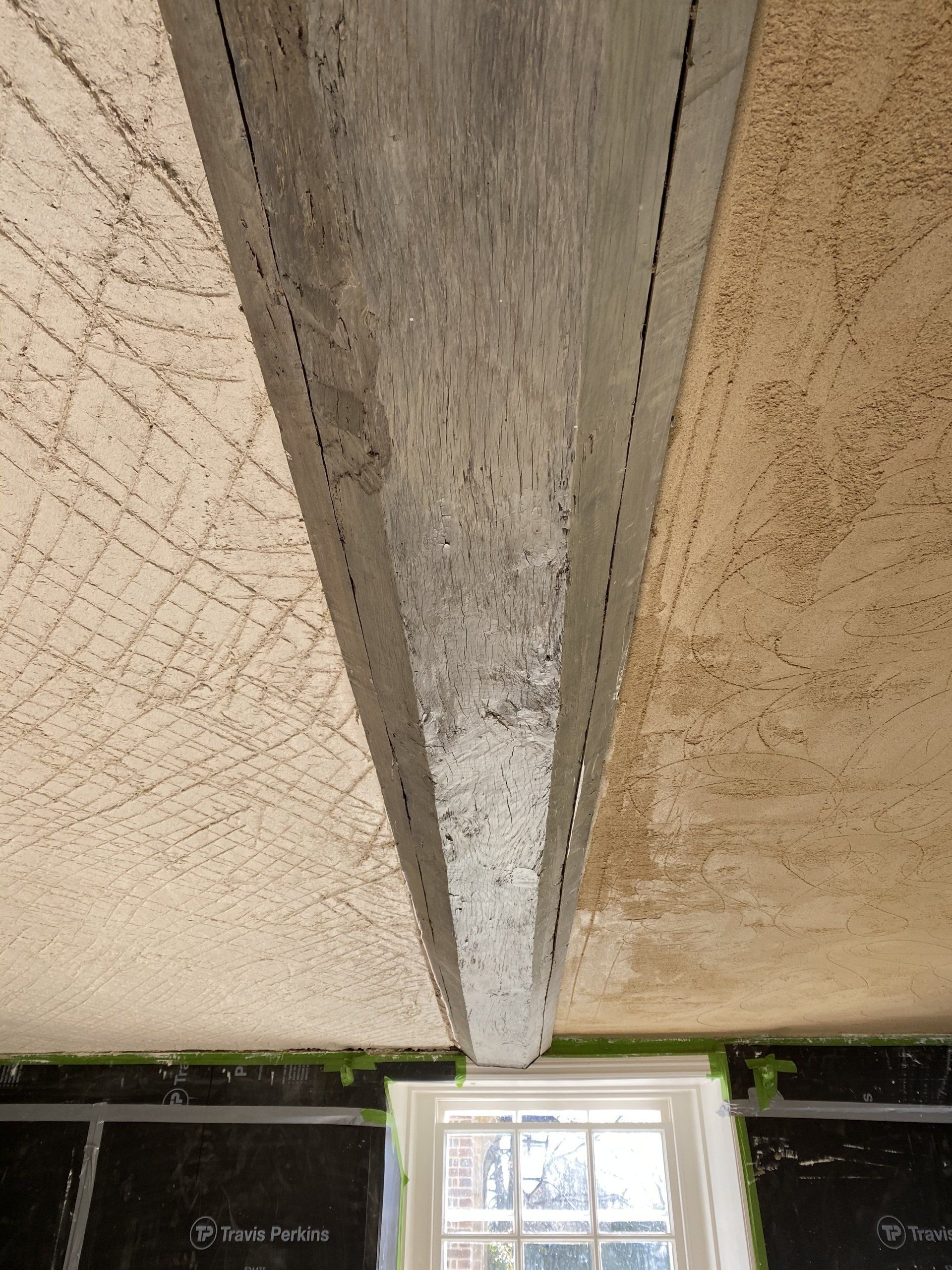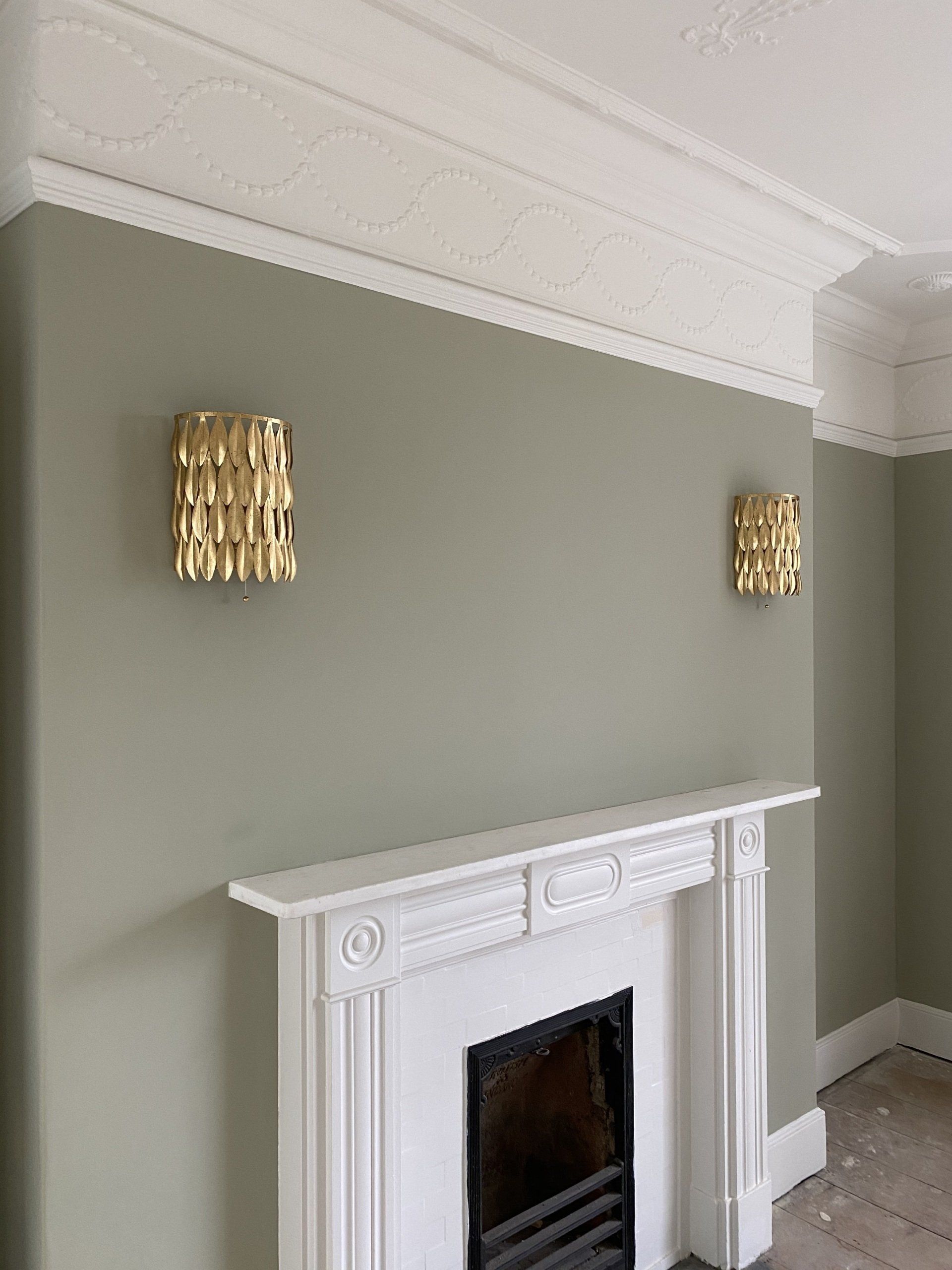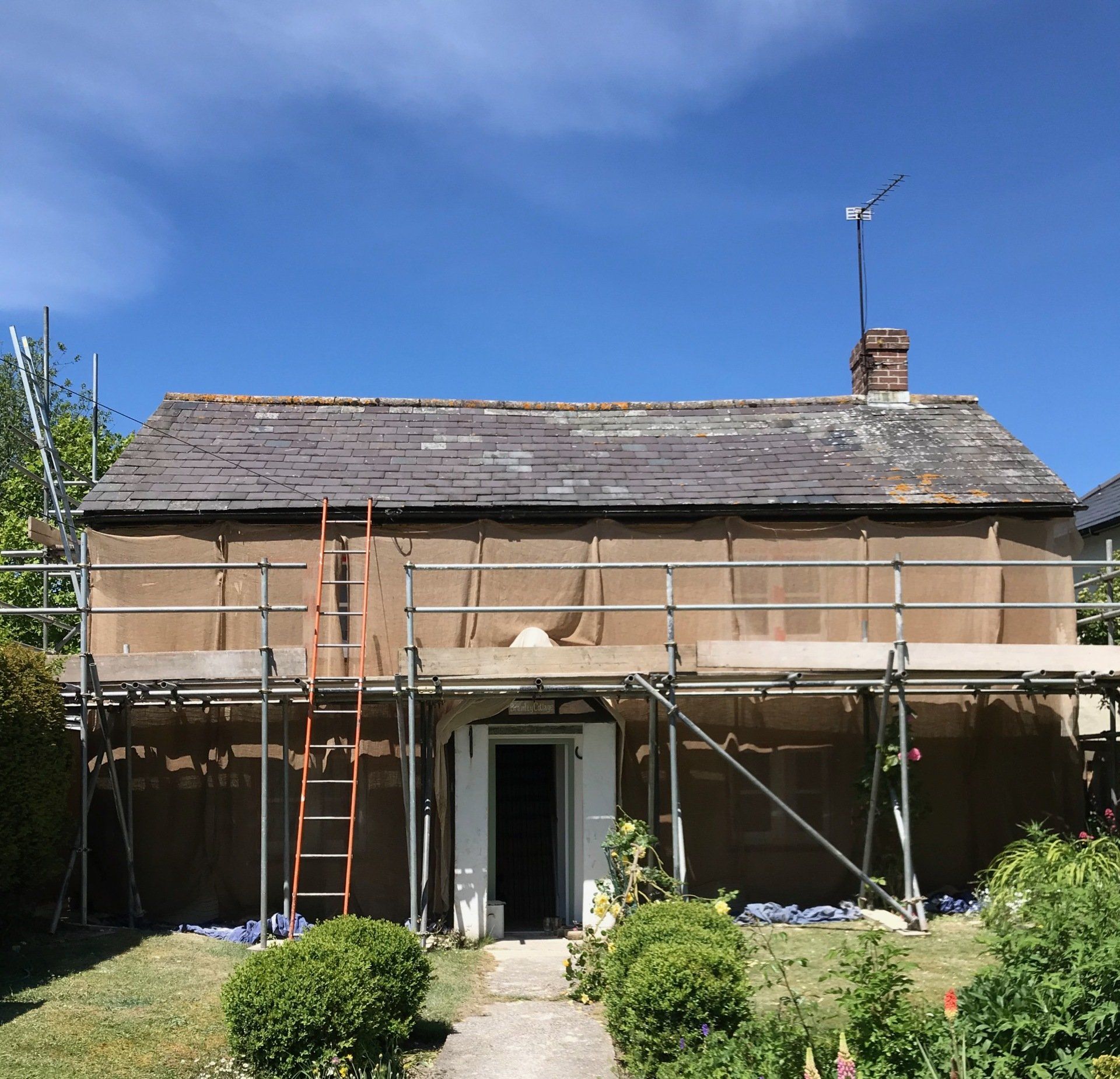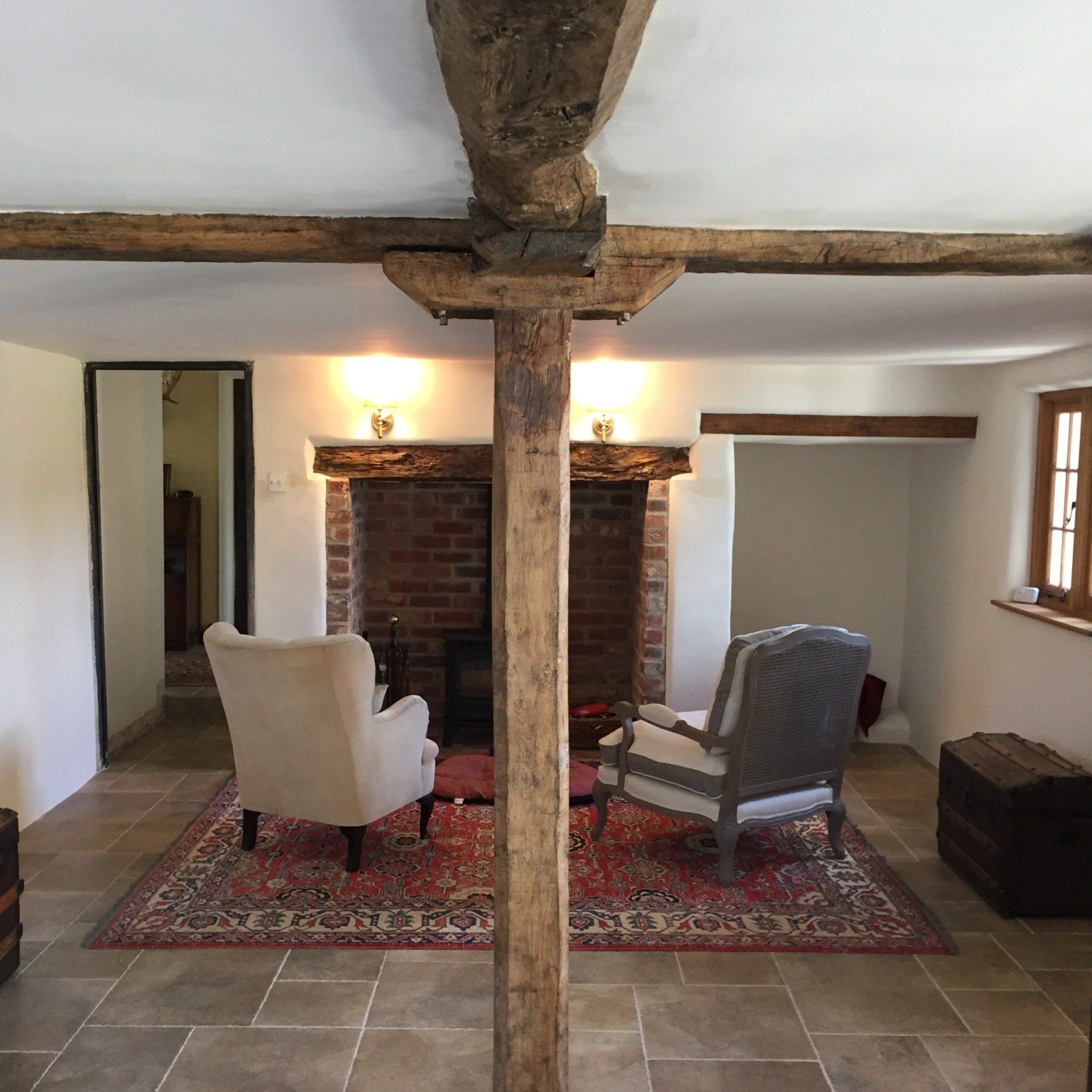External render was integral to the design of many buildings.Its primary function was to protect against the weather, but it could also disguise the method of construction or make the building appear to be of a more prestigious material.
Until the 18th century the use of render, particulary for stone buildings, was widespread and common, and its historical application is often underestimated. Renders were applied to a wide variety of backgrounds, from mixed uncoursed rubble, to good quality ashlar or brickwork, as well as to external lathwork, cob and wattlework.
The majority of lime renders were applied in two or three coats. Materials and techniques for application and finishing varied enormously both over time and geographically, and also depended on the status of the building.
When rendering or plastering onto a solid substrate, the base coat was either cast or laid on using a trowel to take up some of the surface irregularities of the wall. The base coat was usually scratched to provide a key for the second 'floating coat'. Until the 18th century, the majority of renders comprised two coats, but increasingly three coat work, in which the floating coat was keyed to take a finish coat became the norm.










